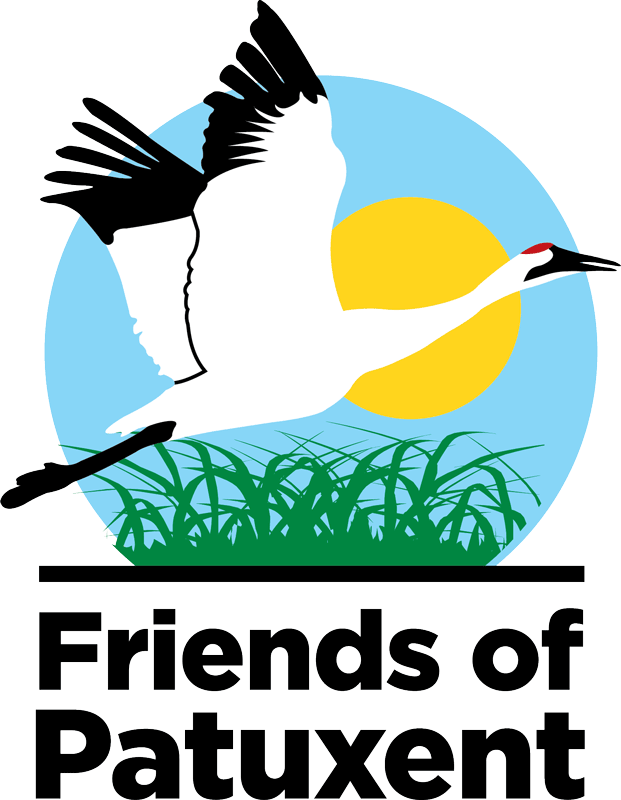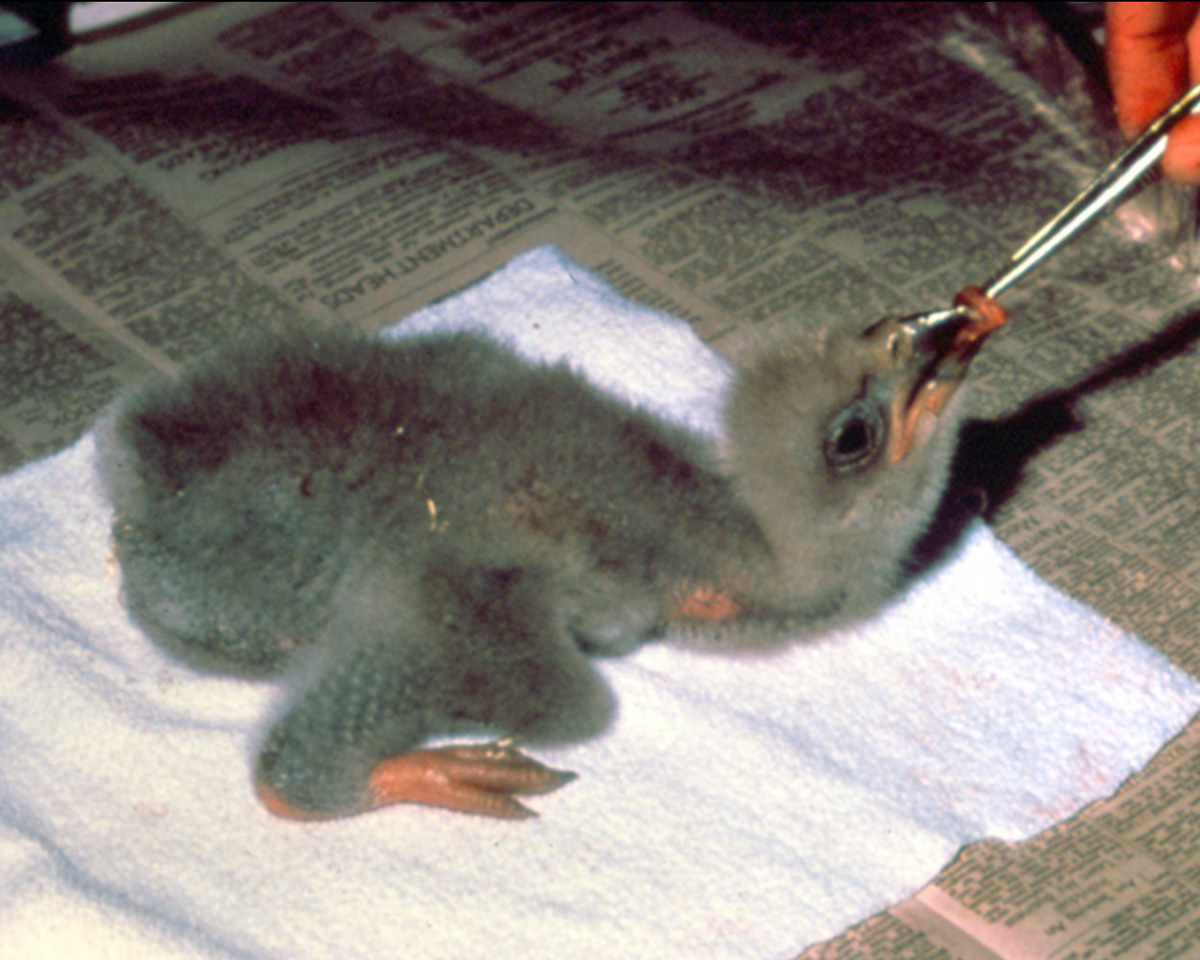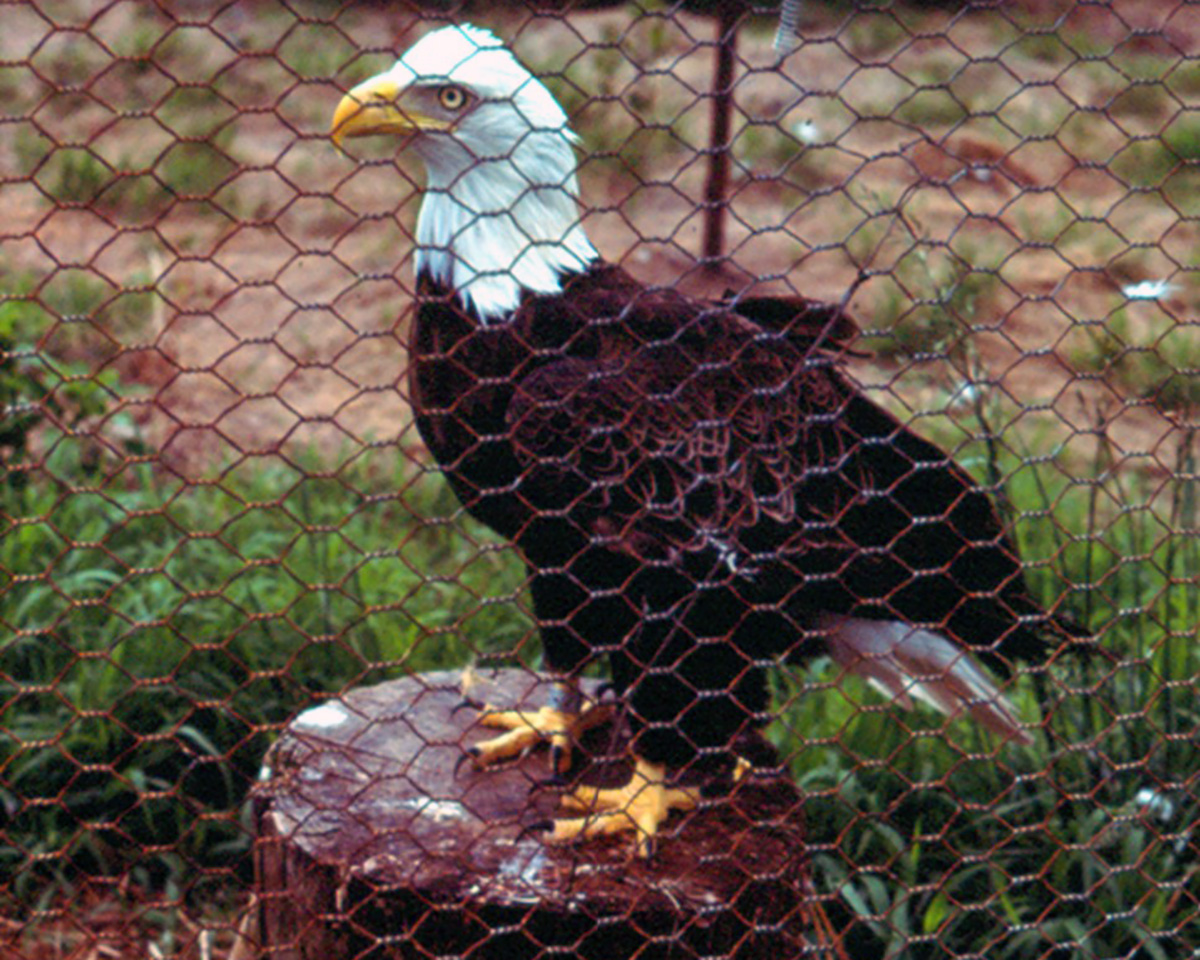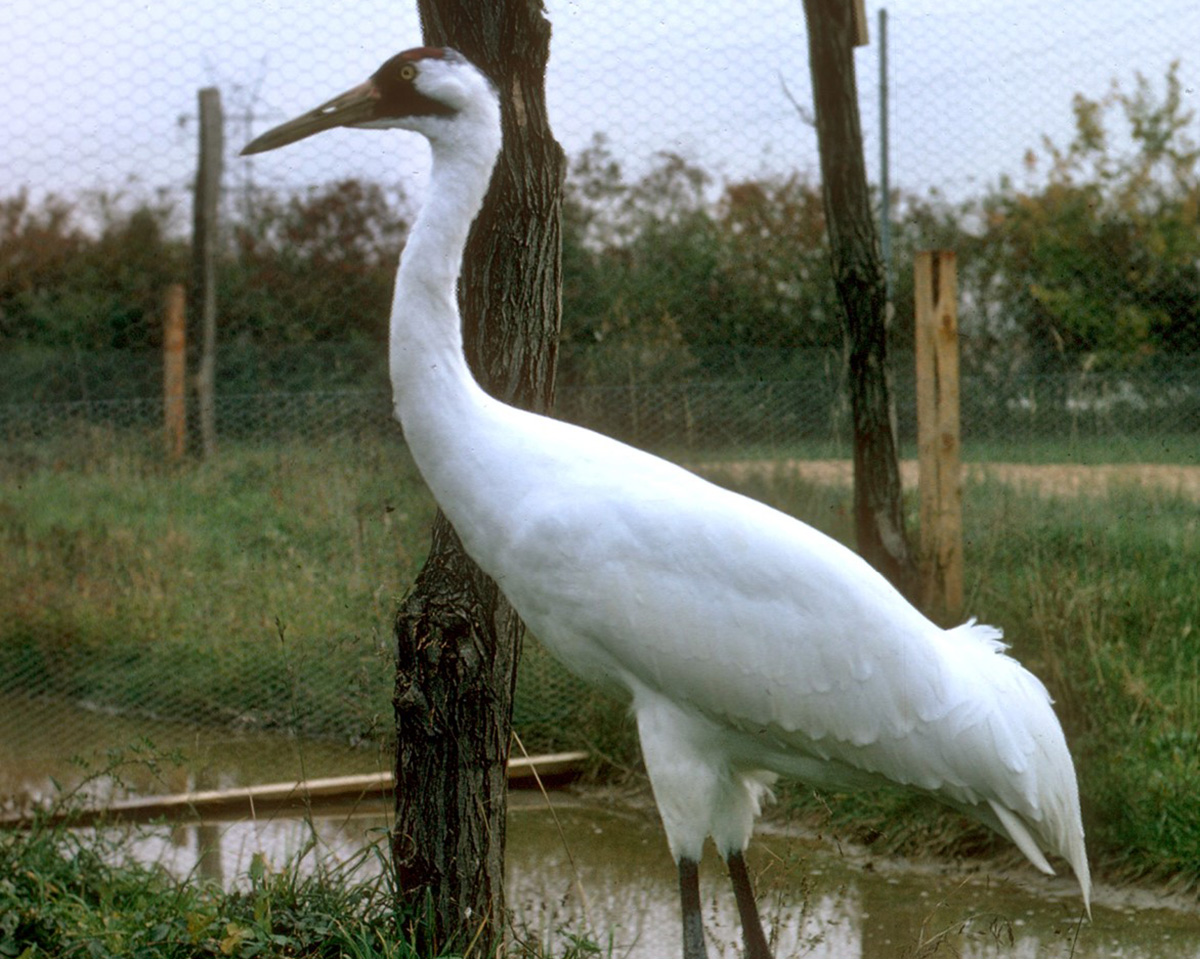Friends of PatuxentSupporting Research, Wildlife Conservation, and Education at the Patuxent Research Refuge |
PATUXENT - EIGHTY-FIVE YEARS OLD AND GOING STRONGBy Matthew C. Perry Wildlife conservationists throughout the world are familiar with the facility called Patuxent, but sometimes members of the local community and even the staff are confused about the name. The formation of Patuxent was one of many wildlife conservation activities taking place in the mid-1930s. On December 16, 1936, President Franklin D. Roosevelt signed Executive Order 7514, which transferred 2670 acres of land that had been acquired (or would be acquired) by the United States, to the Department of Agriculture (USDA) as a wildlife experiment and research refuge. The area delineated in the Order was in Anne Arundel and Prince George's Counties, Maryland, and was created "to effectuate further the purposes of the Migratory Bird Conservation Act." By order of the President the area was to be known as “Patuxent Research Refuge" (the Refuge). The Refuge was dedicated on June 3, 1939, by Secretary of Agriculture Henry A. Wallace, who stated that "the chief purpose of this refuge is to assist in the restoration of wildlife - one of our greatest natural resources." Secretary Wallace recognized "the vision and foresight of Dr. Ira N. Gabrielson, Chief of the Biological Survey," and "the leadership of Dr. L. C. Morley, superintendent of the refuge." He further stated that the nation's first wildlife research station was "the manifestation of a national determination and a national ability to conserve and administer wisely the organic resources and products of the soil - a priceless heritage to the generations of Americans yet to come." Although Mr. Jay N. "Ding" Darling, former Chief of the Bureau of Biological Survey, was not mentioned in Secretary Wallace's address, many individuals also credit his interest and support for the formation of the Refuge. The dedication took place at Snowden Hall, the former residence of John Snowden. |
Snowden Hall as it appeared in the 1920s. |
Dignitaries at the dedication at Snowden Hall, Patuxent Research Refuge, June 3, 1939. |
The location of the Refuge adjacent to the National Agriculture Research Center at Beltsville, Maryland, made it an appropriate area, according to Wallace, upon which to conduct "long-time studies on the interrelationships of wildlife with agriculture and forestry." Secretary Wallace and Dr. Gabrielson envisioned an area where wildlife could be studied in relation to the production of agricultural crops, and where lands poorly suited for agriculture could be turned back into forests, fields, and meadows, thus again becoming productive for wildlife. An interesting change in the relationship of humans and wildlife had taken place during the 1930s. Past emphasis of wildlife investigations in the USDA had focused on the adverse impact of wildlife on activities of humans. However, the long drought of the 1930s, coupled with decades of wetland drainage by humans, devastated North America's waterfowl and other wildlife populations. Thus, Americans were becoming more aware of the negative impact their activities were having on wildlife. It was appropriate, therefore, that in 1939 the Bureau of Biological Survey was transferred from the Department of Agriculture to the Department of the Interior. In 1940, the Bureau of Biological Survey was replaced with the Fish and Wildlife Service. It was not until 1956 that Congress re-designated this agency as the U. S. Fish and Wildlife Service (USFWS). In 1956, the Patuxent Research Refuge was renamed the Patuxent Wildlife Research Center (PWRC) to standardize the name with the adjacent Agriculture Research Center and with another Service facility in Denver, Colorado. The name change was done by administrative memorandum and did not supersede the original Executive Order designation as a Research Refuge. The name change had no noticeable effect on the operation of research on the land, which was under the supervision of the director of PWRC. |
Feeding young eagles by Patuxent scientist. |
Bald Eagle "Bomber" on his favorite stump at Patuxent, 1979. |
Environmental contaminant research expanded during the 1960s. A major breakthrough in DDT research occurred in 1969 when Patuxent researchers published results of research linking eggshell thinning with DDT in the food of birds. Research clearly indicated that DDT obtained in the food eaten by birds changed to DDE and then physiologically affected the process of calcium deposition on the eggshell of the birds’ eggs. The result was thin-shelled eggs that easily broke in the nest, greatly reducing production of young birds. Reproductive failure impacted Bald Eagles, Ospreys, Peregrine Falcons, and other species. Endangered species also were addressed beginning in the 1960s, with major research focused on propagating and restoring Whooping Crane populations. Patuxent's first master plan was prepared in 1980. The research mission statement was: "The professional staff is engaged in research and management activities that are directed at accomplishing the principal missions of the Center: evaluation of the effects of environmental contaminants on wildlife and the environment; endangered species research and propagation; and migratory bird research (including urban wildlife) and management." |
Bruce Williams with young Whooping Crane. |
Canus, a Whooping Crane named for Canada and United States. |
In 1984, planning began on a visitor center at Patuxent, which had been discussed initially in the 1960s. In 1987, funding of over fifteen million dollars was obtained from Congress for a National Wildlife Visitor Center. The Center would highlight wildlife research of the U. S. Fish and Wildlife Service, including work conducted at Patuxent. The Visitor Center building was officially dedicated and opened to the public in October 1994 and has extensive exhibits depicting wildlife research of the Service throughout the world. Several support groups were established to help in fund raising and volunteer staffing of the Visitor Center; those groups evolved into our present-day Friends of Patuxent. |
National Wildlife Visitor Center as viewed from Lake Redington. |
In 1991, 7600 acres of land in Anne Arundel County that were previously part of Fort George G. Meade, immediately adjacent to Patuxent to the north, were transferred to the Refuge as a result of the Military Construction Appropriations Act (U.S. Public Law 101-519). The transfer document specified that the intended uses of the property, now called North Tract, in priority order established by law, were preservation of the land, wildlife research, and compatible public use. In addition, the transfer document stated that the Secretary of Interior "shall provide for the continued use of the property by Federal agencies to the extent such agencies are using it on the date of the enactment of this act.” An additional 500 acres, including three baseball fields, were transferred to Patuxent in 1992.
In March 1993, the Department of the Interior announced plans to form a new National Biological Survey that would combine all biological research and monitoring within Interior into one agency, separate from existing management agencies. In November of that year, the staff of Patuxent Wildlife Research Center and several sections of the Office of Migratory Bird Management were transferred to the National Biological Survey. All lands and buildings of Patuxent continued to be officially controlled by the U.S. Fish and Wildlife Service and within the Region 5 refuge organization. The actual maintenance of the buildings and management of the lands remained under the control of the Director of Patuxent and his staff. This arrangement, in principle, provided protection of the land under all regulations and policies of the U.S. Refuge System, but gave maximum flexibility for use of the land for research purposes.
In May 1994, the name of Patuxent Wildlife Research Center was changed to Patuxent Environmental Science Center. In late 1994, the name of the National Biological Survey was changed to the National Biological Service, to accommodate concerns that new research was not supporting historic "customers," and that the agency should be more of a “service” than a “survey.”
In the spring of 1996, the name of Patuxent Wildlife Research Center was restored. In October of that year, the National Biological Service was terminated, and all research staff became part of the Biological Resources Division of the U. S. Geological Survey (USGS).
In 2000, a Memorandum of Agreement was signed between the USFWS (Reg 5) and USGS (Eastern Region) that clearly defined the roles and responsibilities of the two agencies located at Patuxent. The USFWS has ownership and control of all lands and buildings and USGS researchers could occupy the buildings and conduct research on the lands through “special use permits” which were commonly issued on other refuges. The funding of maintenance of the outside of the buildings was deemed the responsibility of the USFWS and the inside became the responsibility of USGS. Unfortunately, because of limited funds in both agencies major maintenance had often been postponed.
In 2021, Patuxent Wildlife Research Center was combined with Leetown Science Center in West Virginia and the Conte Anadromous Fish Research Center in Amherst, Massachusetts, under the new name, Eastern Ecological Science Center, which encompasses all three facilities. This change has created increased opportunities and challenges for the renowned research center at Patuxent, the largest wildlife research facility in the world, as well as increased opportunities and challenges for the Patuxent Research Refuge, as they enter new chapters of their noted histories.
For more information, please see The History of Patuxent: America's Wildlife Research Story, edited by Matthew C. Perry and published by USGS in 2016 as Circular 1422.







